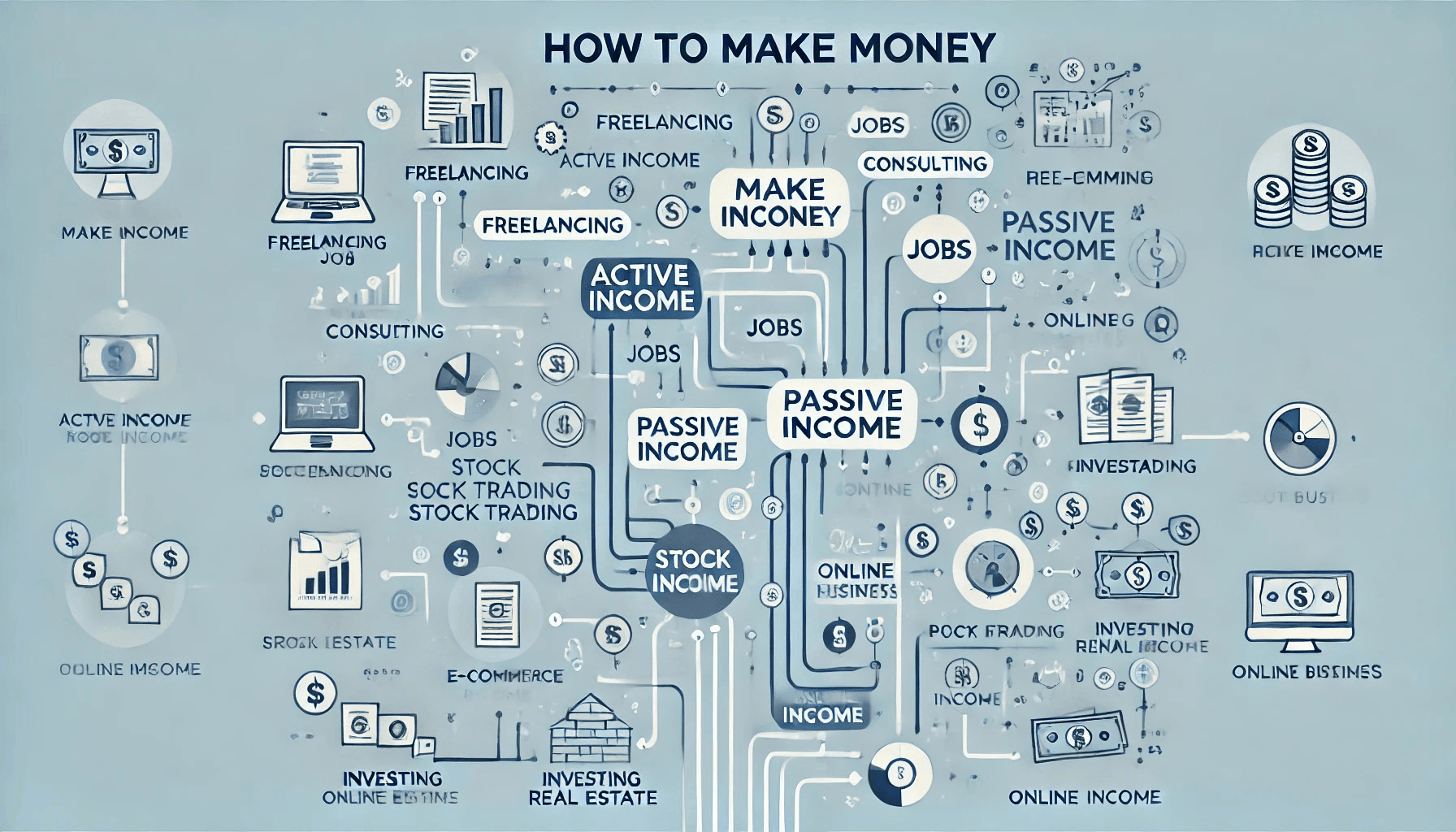Understanding the Basics of Blockchain Development
 MillionFormula
MillionFormula
Understanding the Basics of Blockchain Development
Blockchain technology has revolutionized the way we think about data security, decentralization, and digital transactions. Whether you're a developer looking to dive into blockchain or a tech enthusiast curious about how it works, understanding the fundamentals is essential. In this guide, we'll explore the basics of blockchain development, its key components, and how you can start building decentralized applications (DApps).
What is Blockchain?
A blockchain is a decentralized, distributed ledger that records transactions across multiple computers in a way that ensures security, transparency, and immutability. Unlike traditional databases controlled by a central authority, blockchain operates on a peer-to-peer network where every participant (node) maintains a copy of the ledger.
Key Features of Blockchain:
Decentralization: No single entity controls the network.
Immutability: Once data is recorded, it cannot be altered.
Transparency: All transactions are publicly verifiable.
Security: Cryptographic techniques ensure data integrity.
Core Components of Blockchain Development
1. Blocks and Chain Structure
A blockchain consists of blocks linked together in chronological order. Each block contains:
Transaction data (e.g., sender, receiver, amount).
A timestamp of when the block was created.
A cryptographic hash of the previous block.
A nonce (a random number used in mining).
Here’s a simple Python representation of a block: python Copy
import hashlib
import json
class Block:
def init(self, index, transactions, previous_hash):
self.index = index
self.transactions = transactions
self.previous_hash = previous_hash
self.nonce = 0
self.hash = self.compute_hash()
def compute_hash(self):
block_string = json.dumps(self.dict, sort_keys=True)
return hashlib.sha256(block_string.encode()).hexdigest()
2. Consensus Mechanisms
Blockchains rely on consensus algorithms to validate transactions. The two most common mechanisms are:
Proof of Work (PoW): Used by Bitcoin, where miners solve complex puzzles to add blocks.
Proof of Stake (PoS): Validators are chosen based on the number of coins they hold and are willing to "stake" as collateral.
3. Smart Contracts
Smart contracts are self-executing contracts with predefined rules written in code. Ethereum is the most popular platform for smart contract development using Solidity.
Example of a simple Solidity smart contract:
solidity
Copy
// SPDX-License-Identifier: MIT
pragma solidity ^0.8.0;
contract SimpleStorage {
uint storedData;
function set(uint x) public {
storedData = x;
}
function get() public view returns (uint) {
return storedData;
}
}
4. Decentralized Applications (DApps)
DApps run on blockchain networks instead of centralized servers. They typically consist of:
A smart contract (backend logic).
A frontend (built with frameworks like React or Vue.js).
A wallet connection (e.g., MetaMask) for user interactions.
Getting Started with Blockchain Development
Step 1: Learn the Fundamentals
Understand cryptography (hashing, public-key encryption).
Study blockchain architecture (nodes, miners, consensus).
Explore Ethereum and Solidity for smart contracts.
Step 2: Set Up Your Development Environment
Install Node.js and Truffle Suite for smart contract development.
Use Ganache for local blockchain testing.
Get MetaMask for interacting with Ethereum networks.
Step 3: Build Your First DApp
Write a smart contract in Solidity.
Deploy it to a testnet (e.g., Ropsten or Rinkeby) using Remix IDE or Hardhat.
Develop a frontend with Web3.js or Ethers.js to interact with the contract.
Monetizing Your Blockchain Skills
If you're looking to make money online with your programming or blockchain skills, consider platforms like MillionFormula. It’s a free platform where you can leverage your expertise without needing credit or debit cards.
Resources for Further Learning
Conclusion
Blockchain development is a rapidly growing field with immense opportunities. By mastering the basics—blocks, consensus mechanisms, smart contracts, and DApps—you can position yourself at the forefront of this technology. Start experimenting with code, deploy your own projects, and explore ways to monetize your skills in the decentralized economy.
Happy coding! 🚀
Subscribe to my newsletter
Read articles from MillionFormula directly inside your inbox. Subscribe to the newsletter, and don't miss out.
Written by
